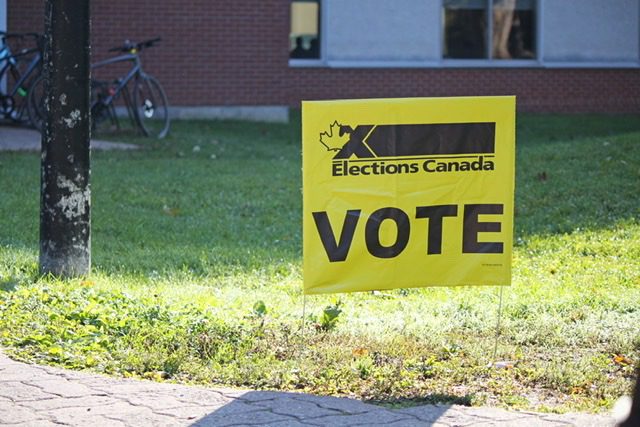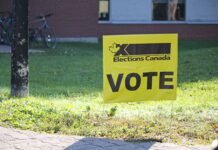by Rachel Everett-Fry, Local Journalism Initiative Reporter
On August 15, 2021, Prime Minister Justin Trudeau called a snap election, to be held on September 20. Though many disapprove of Trudeau’s timing, the election is upon us. With just 20 days until voting day, it is time to get informed, carefully consider one’s options, and then participate in the democratic process.
The federal election process in Canada can be broken down into six major steps.
The first of these steps is, as we saw on August 14, dropping the writ. Justin Trudeau asked Governor General Mary Simon to dissolve Parliament. Her Excellency then directs the Chief Electoral Officer to issue the writs, triggering Elections Canada into action.
The second step is the nomination and confirmation of candidates. Political parties choose candidates to run in each riding. Or, independent candidates with no party affiliation choose to run. Eligible nominated candidates must then collect electors’ signatures to be confirmed on the ballot. Each candidate must provide Elections Canada with at least 100 valid signatures from voters in their riding stating that they consent to their candidacy.
Step three is perhaps the most visible step to voters: the campaign. Candidates attend debates, canvas by phone or foot, promote their platforms, take interviews, and so on. In this year’s federal election, this process is not only extremely fast paced, but limited due to ongoing concerns surrounding the Covid-19 pandemic.
The fourth step is entirely up to voters: the act of voting. This step is streamlined by registering to vote. If you have recently moved to the area, recently turned 18, or have decided to vote for the first time (good for you!), you can register to vote at https://eregistration.elections.on.ca/en/home. This vote is done in private, and you have the right to keep your vote a secret. In order to vote, one must show identification and proof of address. There are several ways to vote: on election day, on advance polling days, by mail, at an Elections Canada returning office, in hospital, and more. If you want to explore these options further, visit https://www.elections.on.ca/waystovote
Step five takes place once the polls have closed: election officers count the ballots. Ballots and other documents are sealed, and then delivered to the returning officer. Many voters carefully watch media outlets as the numbers roll in. At the end of this process, Canadians find out who will govern the country. In each riding, the candidate with the most votes will become their Member of Parliament (MP). The party with the most MPs forms the government, with the leader of that party being named Prime Minister.
The final step takes place when Parliament resumes. The new Prime Minister and MPs will serve until Parliament is dissolved once more, starting the democratic process over again.
Though many voters are frustrated with the first-past-the-post system, it is crucial that citizens participate in the democratic process. Electoral reform is possible. Likewise, change is possible. But in order for this to happen, you need to show up.









